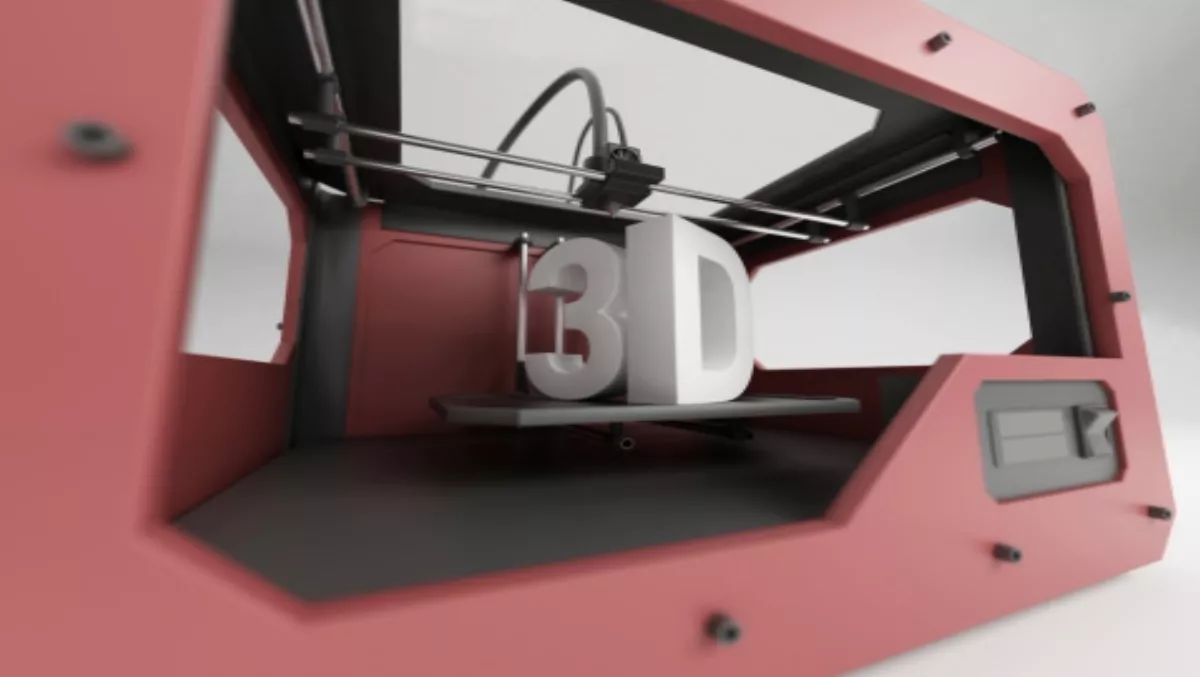
3D printing creating new waves for Kiwi boat builders
New Zealanders have a fascination with boats which doesn’t just mean a lot of them on the water.
The country is also home to a vibrant marine industry which employs over 10 000 people and generates over $2.2-billion in annual sales.
But it is a competitive environment, which means the arrival of affordable 3D printing technology gives this industry the opportunity to transform the way it operates.
That’s according to Paul Francois, product manager at Comworth Technologies, who notes that custom boat builders and component manufacturers often deal with unusual shapes, bespoke designs and experimental deck layouts.
“The ability to very quickly print out ideas and see how things will look in real life, as opposed to on the drawing board or computer screen, gives manufacturers a major boost,” he says.
Instead of relying on building balsa models, a time consuming and costly process, boat builders and subcontractors can 3D print their designs on the spot.
“That’s made possible with the availability of affordable 3D printing technology like the XYZ Printing Da Vinci. This device retails for around $900 and can produce models of up to 20 cubic centimetres,” Francois adds.
Angus Small, who has 12 years’ experience as a marine production manager, says the ability to rapidly produce models directly addresses one of the major challenges facing boat builders - the cost of labour.
“New Zealand’s industry has to compete on a global stage, but our labour costs are substantially higher than those of countries like Sri Lanka, Bangladesh or China," he says.
"A low-cost 3D printer reduces the time and cost required to build models of objects using wood - and in this industry, there are a lot of small items and components which can be prototyped before handing them over to the stainless steel or composite fabricators."
Small says the ability to have a physical object to work with provides a further distinct advantage.
“When the cost of producing a model is a $900 device with inexpensive consumables, I think you’ll find a lot more prototyping going on," he adds.
"A lot of items which would ordinarily only be presented on a 3D onscreen drawing can now be printed out, giving members of design teams a far better way of understanding how different components will look and whether or not they will work together.”
With a shorter timefor development, Small says the marine industry can get a major boost in its competitiveness.
“Being able to do this in-house at the early stages of product development is a leap forward," he adds.
"Typically, good designs are copied by outsiders within a year or less, so if you can accelerate the time from initial design to production, you’re on to a win."
Continuing, Francois says the Da Vinci offers ease of use, so any CAD operator will have no difficulty using the machine.
“This is a plug n play device and even changing the 600 gram consumable is as simple as changing a toner cartridge,” he says.
“And, while more detailed models might be sent offsite to specialist 3D printers, a low cost machine like this is ideal for initial prototyping and evaluation of experimental designs on site and at very low cost.
"That takes out development time and eliminates the need for expensive testing of designs which won’t work.”
Distributed exclusively by Comworth and available from resellers nationwide, the XYZ Printing Da Vinci 1.0 is available immediately.

